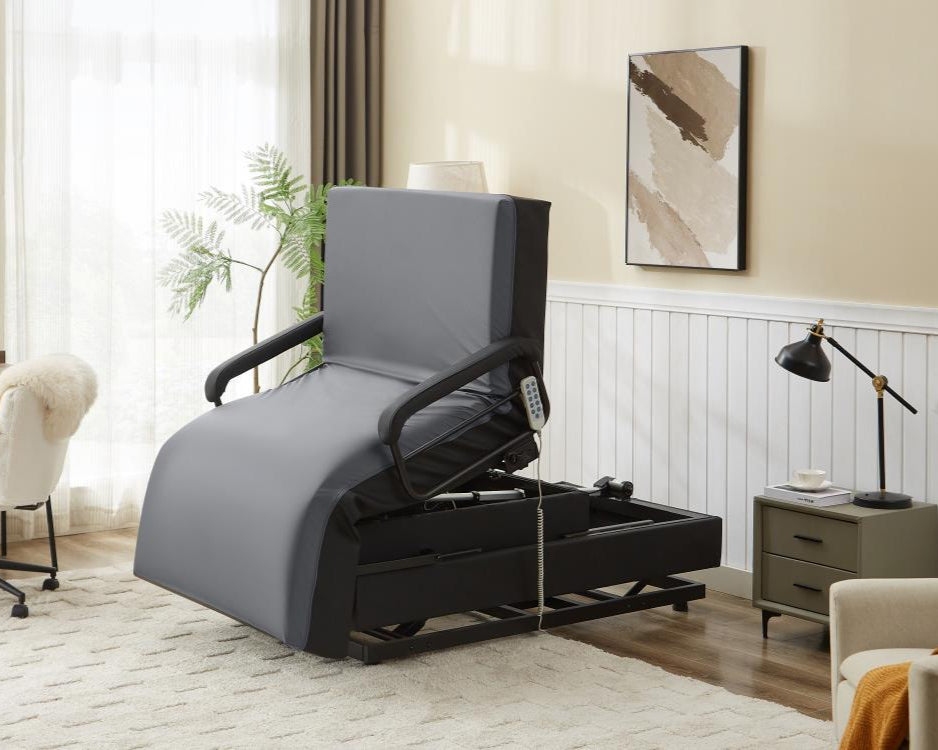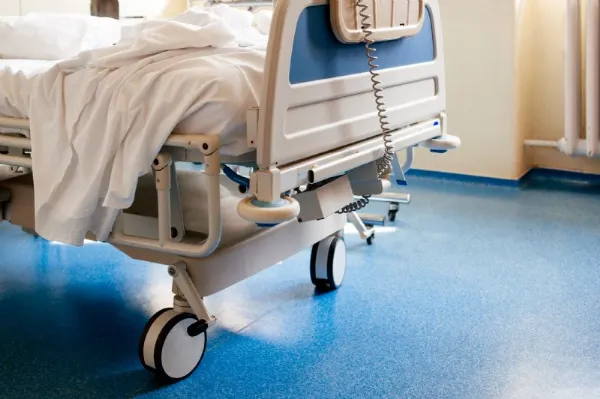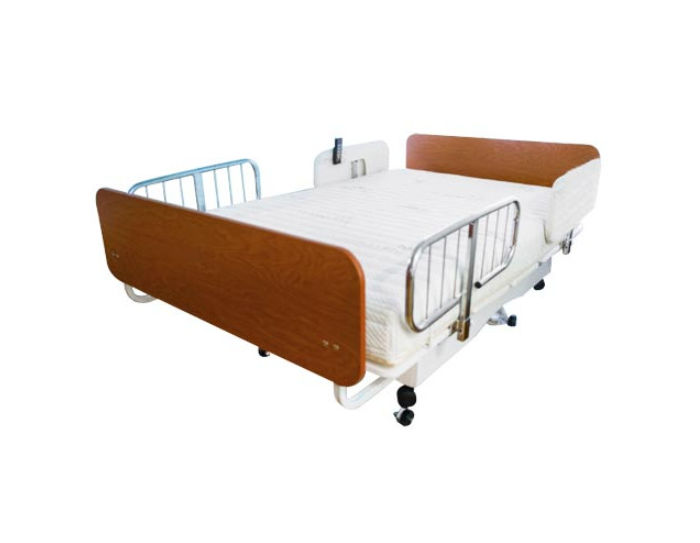Hospital Beds For Home Use Things To Know Before You Get This
Table of ContentsLittle Known Facts About Hospital Beds For Home Use.The 25-Second Trick For Hospital Beds For Home UseThe Definitive Guide to Hospital Beds For Home UseThe Ultimate Guide To Hospital Beds For Home UseThe Definitive Guide to Hospital Beds For Home UseHospital Beds For Home Use Things To Know Before You BuyHospital Beds For Home Use Fundamentals Explained
There are 3 primary types of hospital beds: handbook, semi-electric, and fully-electric. These beds use hand cranks to readjust the bed's elevation and elevate and decrease the head and the foot.
Semi-electric beds have an electrical motor to raise and lower the head and foot portions of the bed (hospital beds for home use). Full-electric beds have an electrical motor that can elevate the head and foot areas of the bed as well as the entire elevation and positioning of the bed.
Examine This Report on Hospital Beds For Home Use
There are a number of kinds of hospital beds, each created to meet particular patient requirements. Here are some usual types: This is the most common type of medical facility bed, designed for basic medical usage.
Lower to the ground than a conventional bed. This kind of bed is developed for bigger people, with a broader structure and greater weight ability than a standard bed.
This sort of bed is created for seriously unwell individuals who need open tracking and specialized clinical tools such as ventilators and mixture pumps. This kind of bed is created for use during labor and delivery, with flexible positions and functions to sustain the mom and infant throughout the birth process.
Some Known Details About Hospital Beds For Home Use
Numerous function and the devices execute broadening traction to different components of the vertebra and the extremities without moving the human body. These are just a few examples of the types of health center beds offered. The particular kind of bed used will depend on the person's problem, medical needs, and other elements.
Right here is things you require to understand. A one-function health center bed is a clinical bed that allows an individual to move just the head or foot area up or down. A 2 feature health center bed normally describes a sort of clinical bed that has 2 adjustable features to aid individuals in health centers or treatment centers.

More About Hospital Beds For Home Use
A 7-function ICU bed is a kind of clinical bed that gives numerous adjustable functions to support critically unwell individuals in a critical care unit (ICU) (hospital beds for home use). The seven functions generally consist of: Back-rest adjustment: The back-rest can be gotten used to various angles to help the individual stay up or rest pleasantly
Elevation change: The bed can be elevated or decreased to make it easier for clients to enter and out of bed, and for caregivers to offer treatment. Trendelenburg position: The whole bed can be slanted to promote blood flow and blood circulation in the body. Reverse Trendelenburg position: The bed can also be slanted in the browse around this site opposite direction to advertise blood circulation and flow in the top body.
While even more inexpensive than electric versions, these beds need physical initiative for modifications. The primary benefits of manual beds are their affordability and dependability, as they don't rely upon electrical energy. The need for hand-operated effort can be a restriction in situations where fast changes are essential or where caretakers encounter physical obstacles.
Facts About Hospital Beds For Home Use Revealed
Semi-electric health center beds supply an equilibrium of manual and electric controls. These beds offer a perfect middle ground in between manual and fully electrical alternatives, supplying convenience of usage without the complete cost of electric designs.
Semi-electric beds are well-suited for people who need modest changes to the head and foot sections however can manage without constant height modifications. This makes them an affordable option for those looking for convenience and ease without the requirement for constant repositioning. Completely electric healthcare facility beds feature electrical controls for seamless changes to the height, head, and foot areas.
Specialized health center beds, such as ICU beds, long-term care beds, and bariatric beds, are very carefully made to deal with details medical needs. These beds use customized treatment for diverse person groups, improving both end results and comfort. In the following areas, we will certainly explore the primary kinds of specialty healthcare facility beds, outlining their particular benefits and applications.
With years of experience in manufacturing electrical direct actuators - hospital beds for home use and close partnership with the health care sector, TiMOTION is well-positioned to provide trustworthy medical care remedies. Our vertically integrated company handles every action of the manufacturing procedure, from design to actuator setting up, ensuring we supply remarkable worth and personalized services customized to your specific demands
How Hospital Beds For Home Use can Save You Time, Stress, and Money.

To find out more about integrating these technologies into your items, call us today. More analysis:.
Data is sourced from the Medicare Expense Report. Accessed January 2025. Temporary acute care hospitals have the greatest average number of beds at 187. They are the most typical kind of health center in the united state and compose greater than 50% of united state medical facilities. Kid's healthcare facilities have 178 beds typically and VA hospitals ordinary 175 beds.

What Does Hospital Beds For Home Use Do?
A hospital bed is a bed developed especially for clinical purposes. It is not only a location for clients to relax, yet likewise a system for clinical operations. Unlike average home beds, health center beds generally have flexible attributes, which can facilitate medical staff to make different modifications according to the demands of individuals, such as changing the elevation, disposition, and support angle of the back and legs of the bed.